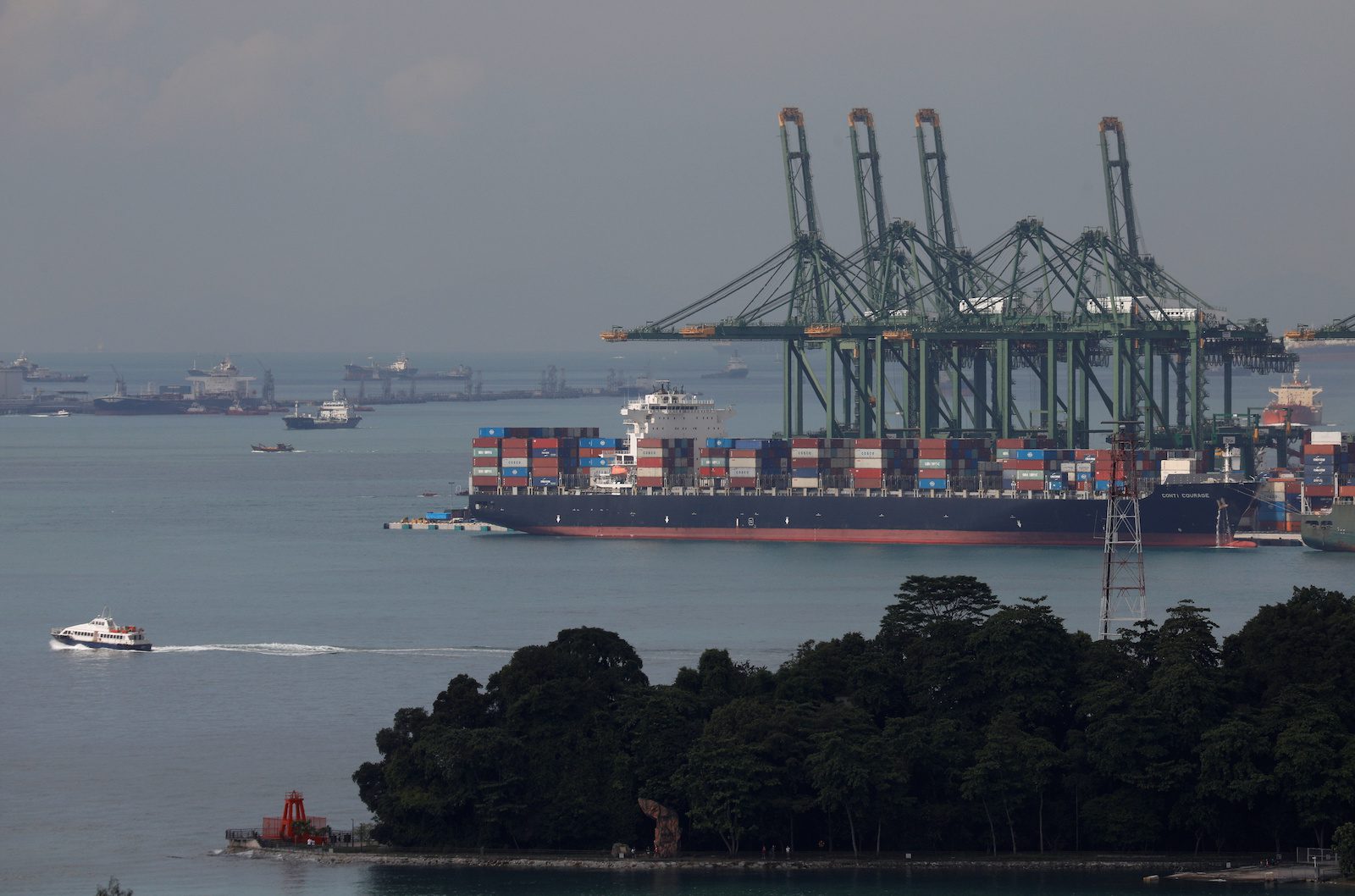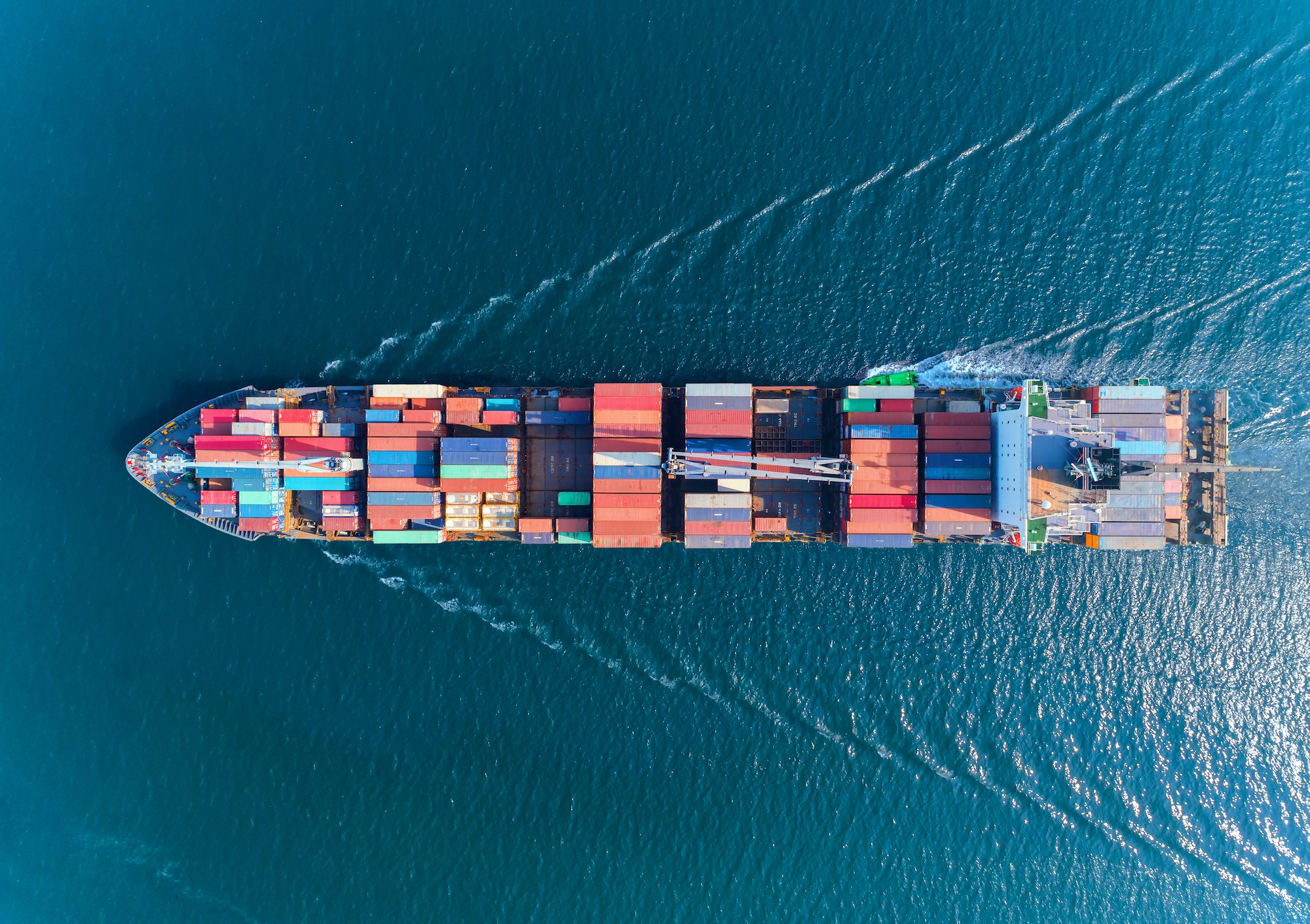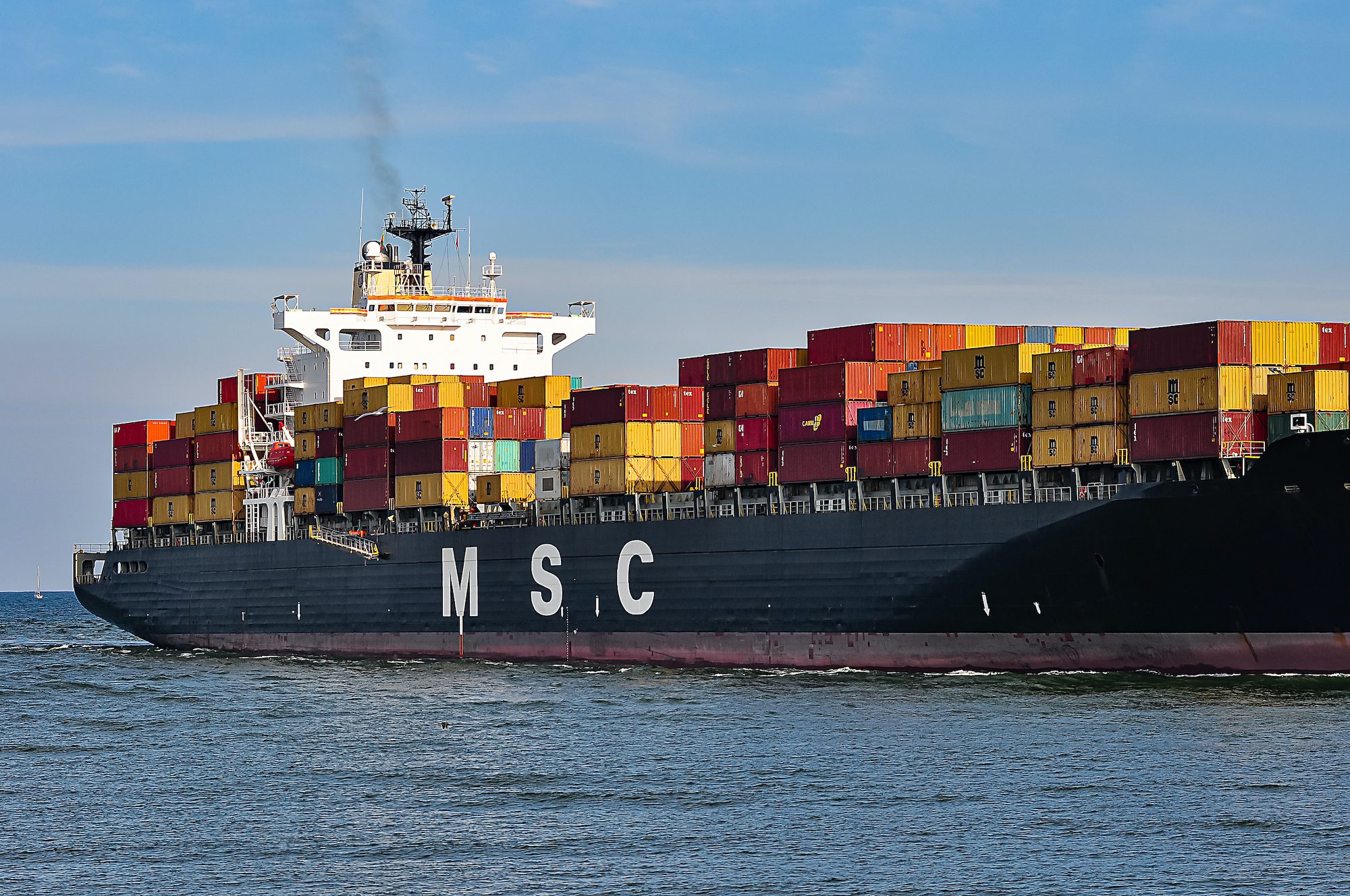By David Ramli and Ameya Karve (Bloomberg) —
Creditors to struggling Singapore shipper Pacific International Lines Pte will vote Monday on a restructuring deal that involves a capital injection from a unit of Temasek Holdings Pte.
It’s an important day for investors who oppose the plan like Singapore businessman Kuah Ann Thia, an unsecured noteholder – the most vulnerable in the bond world. He and other individual investors hold parts of PIL’s S$60 million security ($45 million) that came due in November but which the shipper hasn’t repaid.
Kuah had initially felt relief last year when he heard that the Temasek unit was providing a $600 million package comprising debt and equity to PIL. But he said he became worried when he saw the company’s restructuring plan. Under the so-called scheme of arrangement, it could be at least five years before unsecured noteholders saw actual cash payments, according to presentation materials.
In contrast, some secured lenders like banks could get payments for their claims subject to the company having sufficient excess cash. PIL said in May last year it received an in-principle approval from a majority of its financial lenders, constituting 97.6% of the company’s total debt, for “a formalized standstill on enforcement actions” until a debt re-profiling pact is agreed on.
“For us to be left out until the very end should not be the way that things are done,” Kuah said.
PIL told Bloomberg News it had been transparent and open to hearing from noteholders. It has held two informal meetings for the bondholders, and 16 small-group dialog sessions. It’s also attended to more than 100 emails and calls and hired a lawyer to give noteholders advice.
“We believe the comprehensive financing and restructuring plan presented in the scheme of arrangement represents the best path forward for all stakeholders,” the company said in an email. “PIL has received the support of a significant majority of creditors for the scheme, and is confident that the required approval thresholds can be met.”
Established in 1967, PIL is Singapore’s biggest container line. The company has sold some of its vessels and withdrew services from the trans-Pacific trade route because it was struggling from years of a downturn in the container shipping industry brought on by excess capacity and slowing demand. Despite the container shipping industry’s recovery last year, the company had to file for court protection from its creditors.
PIL cited absence of financing or increased cost of borrowing for the shipping industry since Hanjin Shipping Co.’s bankruptcy in February 2017, lower profit margins due to increased competition in certain routes, oversupply of capacity in container lines and its “over-levered capital structure” among the key reasons that eventually led to a debt re-profiling, according to a Dec. 15 explanatory note it sent to all creditors seen by Bloomberg News.
Court Ruling
Unhappy with the restructuring plan, Kuah protested to the Singapore courts. And earlier in January, a court ruled that the company classify all its fully unsecured creditors as a separate group in the Monday vote, potentially giving them power to block the deal. Under Singapore law, at least half the investors holding over 75% of value in each creditor class present for the vote must approve the deal for it to be successful, unless the court decides otherwise.
But blocking the deal won’t be easy: opponents would need to convince enough bondholders to vote against it, with some who may be worried that a canceled bailout would result in even worse terms. The shipping company has said cancellation would lead to them getting just 2 cents for every dollar in claims through a liquidation process. And the court could overrule the vote.
Still, it’s a sign that with global corporate defaults forecast to peak in coming months due to the economic slump caused by the pandemic, individual investors may become more vocal in seeking to be repaid. In Singapore’s case, the stakes for such investors have already been highlighted by the plight of over 34,000 mom and pop investors in Hyflux Ltd. still waiting to see if they will recover any money more than 2-1/2 years after the start of a court-supervised restructuring process.
Under the terms of PIL’s restructuring plan, each holder of unsecured notes would pick one of two options. Their claims will be replaced with perpetual securities that have no maturity date, and they could either get $1 of perps for every dollar of claim that would only start paying cash after six years, or they could receive $1 of perps for every $2 of claims that would start cash distribution after five years.
Apart from the bondholders, the voting class of unsecured creditors also includes six facility lenders: SC Lowy; Sumitomo Mitsui Banking Corp.; Chinatrust Commercial Bank Co.; KBC Bank NV; E.SUN Commercial Bank Ltd., Singapore Branch; and United Oversea Bank Ltd. They have claims totaling nearly $124 million, according to the explanatory note.(Updates with company background in eighth and ninth paragraphs.)
–With assistance from Kyunghee Park.
© 2021 Bloomberg L.P.

 Join The Club
Join The Club











